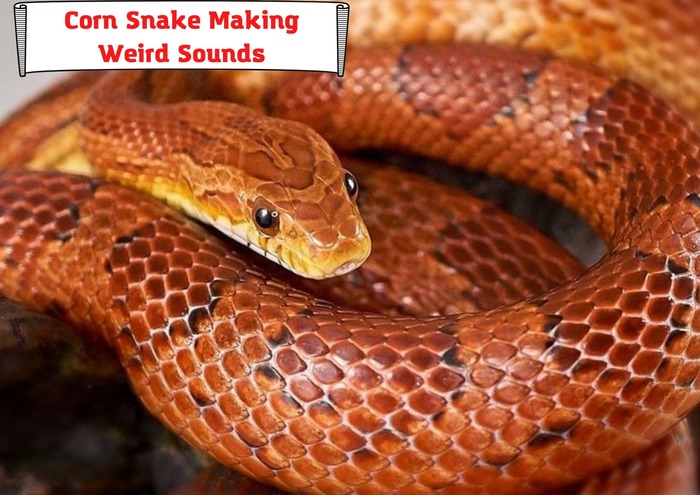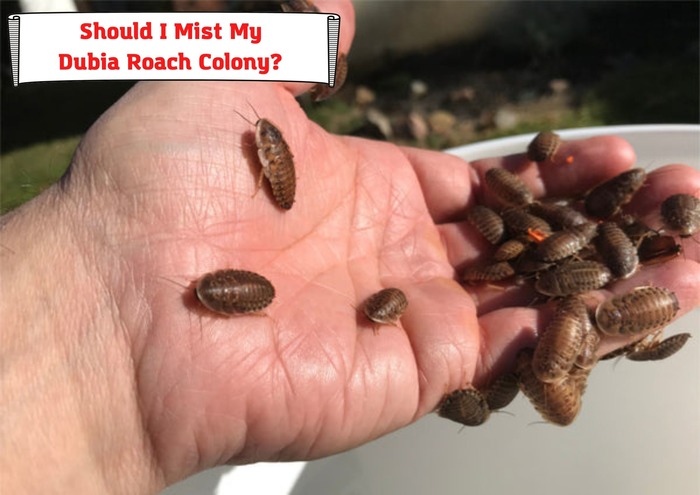Pill bugs are relatively small creatures that stay in moist areas, especially under logs or rocks. Notably, although they are crustaceans, they are terrestrial. Therefore, unlike other crustaceans such are lobsters, crayfish and crabs, pill bugs stay on land.
Now, one of the interesting questions may have about pill bugs is whether they can swim. Mainly, these tiny critters can’t swim for long. However, they live and thrive in moist places, but not underwater.

Therefore, in this post, you will learn why pill bugs can’t swim, especially for a long time, and all you should know about them.
Can Pill Bugs Swim?
Pill bugs are not naturally aquatic animals; hence they can’t swim. However, pill bugs can’t drown in water unless they overstay in it. Usually, when put in water for a short time, the critters can find their way out of the water. The creatures have a hard exoskeleton. The external hard shell provides them with some level of buoyancy which enables them to float on water.
When pill bugs find themselves in water, mostly accidentally, they will paddle their legs creating forward motions to enable them to get out of the water within the shortest time possible.
Although pill bugs can swim in water for survival and for a short time, they can drown if they overstay in water. Naturally, pill bugs can’t breathe underwater; hence they can’t survive underwater for a long time.
Mainly, their gills are designed to extract oxygen from the air and not from water. This fact makes them only survive underwater for a short period.
Therefore, pill bugs can’t sink in water immediately after they get in it. Their outer hard shell enables them to float on water. They then move as they look for a way to get out of the water before drowning.
What You Should Know About Pill Bugs
Mainly, there are many interesting facts you should know about pill bugs. The following are some of the unique facts about pill bugs;
Pill Bugs Habitat
Pill bugs live in damp areas mostly under logs, or rocks. You will mostly find them in gardens, forests, or even in your basement spaces. Notably, although they live in moist environments, they cannot stay underwater. Unlike other crustaceans, pill bugs live entirely on land. So, are pill bugs similar to other crustaceans? Yes, for instance, pill bugs, like other crustaceans breathe through gills. However, although their gills must always be moist, they cannot survive underwater.
Interestingly, occasionally, pill bugs can come and live in our homes especially if there are damp and dark areas within the home.
Pill Bugs Roll up to Form a Tiny Ball
One unique characteristic of pill bugs is their ability to roll themselves to form a ball. Whenever the pill bugs feel threatened, or something touches them, they usually roll up into a tight small ball. When they curl up they leave only their tough exoskeleton exposed. This unique behavior increases their chances of survival since they can hide from predators.
Pill Bugs Unique Anatomy and Physical Characteristics
Mainly, pill bugs possess a unique anatomy that allows them to navigate around easily, and protect themselves from harm. The following are some of the unique characteristics of pill bugs:
- Segmented body. The bugs have a segmented body that allows them to be more flexible and move with much ease.
- Do not have a backbone. The animal does not have a spine or a backbone; hence belongs to an invertebrate.
- Seven sets of legs. The many sets of legs enable the critters to move around with a lot of ease.
- Two pairs of antennae. Pill bugs have two pairs of antennae that enable them to navigate their surroundings. Notably, one pair of antennae is larger than the other.
- They have gills. Unlike other terrestrial animals, pill bugs have pills.
- Relatively strong exoskeleton. Pill bugs have a sturdy exoskeleton made of chitin that supports their body and provides protection against predators.
Pill bugs Adaptive Qualities
Since pill bugs live on land they are exposed to specific dangers which they have to safely deal with to survive. Importantly, their adaptive characteristics enable them to thrive on land. Mainly, pill bugs face the risk of being preyed on by predators. There is a wide range of predators that prey on pill bugs such as a specific type of spiders, centipedes, birds, and lizards among others.
Also, rollie pollies can suffer suffocation when their gills become dry and there is no moisture. Usually, the gills are great for animals that live in water, and not ideal for terrestrial animals. Therefore, for the pill bugs to breathe using the gills, the gills must be moist.
To thrive on the land, pill bugs have adaptive characteristics that include:
- Nocturnal. To preserve moisture and prevent their gills from drying pill bugs are active during the night when it’s dark and cool. However, sometimes, you may still spot them during the day but in shaded moist areas.
- Pill bugs’ gills and air tubes are located under the body. To ensure the gills stay moist for a long time without drying, the gills are located underneath the external top hard exoskeleton.
- The creatures stay in moist areas. Pill bugs are attracted to moist dirt areas including under rocks or logs, and in areas with plenty of decaying organic matter.
- Social creatures. Also, pill bugs are social creatures that tend to huddle together under a log in a damp corner. Their social nature allows them to share food and hiding places; hence increasing their rate of survival.
- They remove heavy metals from the soil. Pill bugs can thrive in contaminated areas where other creatures find it difficult to survive. Usually, the critters are known to safely clean up contaminated soil by removing pollutants such as lead, copper, and zinc.
- They roll up into a small ball. To prevent moisture loss, especially from their underside which is prone to drying, pill bugs roll up. The rolling up is known as conglobation which is their defense mechanism. By rolling up, they can protect themselves from attacks by predators. Also, apart from using the conglobation mechanism to hide from predators, through it, they retain moisture and prevent their gills from drying.
Additional Unusual Characteristics of Pill Bugs
Unlike most animals, pill bugs have unique characteristics that make them fascinating.
For instance, pill bugs do not urinate, and they have high ammonia gas tolerance. Usually, instead of urinating they excrete their fluid wastes through their hard exoskeletons.
Another unusual characteristic of pill bugs is that they eat their feces, which could be due to the need to extract all the nutrients from the food they have eaten into their body.
Also, interestingly, pill bugs do have a nose. Instead, they have special small hairs that enable them to locate food as well as other pill bugs.
Lastly, Roly-polies can drink water through their mouth or the tube-shaped structures on their rear sides.
How to Keep Pill Bugs Away
Although pill bugs do not pose any danger, you may still not like finding them near your home. Therefore, if you find pill bugs within your garden beds or home and you don’t like them, then it’s easy to discourage them from living there.
Mainly, ly keep them away, ensure your compound or yard is free of decaying leaves, woody materials and it’s dry.
Also, ensure there are no leaky taps or pipes within your home that might cause dampness that attracts them.
Benefits of Pill Bugs to the Environment
Pill bugs are important crustaceans that live on land. They offer several benefits to the environment.
One, the critters feed on decaying materials such as plant leaves and dead animals helping in recycling nutrients back into the soil.
Usually, through their feeding, they break down organic matter into smaller particles; hence speeding up the process of decomposition. The critters have bacteria in their system that break down decaying leaves and other dead organic matter into small particles before returning them to the soil.
Secondly, pill bugs are not dangerous to us or living plants. The creatures do not cause diseases and they do not bite.
Also, the pill bugs do not cause any damage to property since they only feed on dead decaying leaves and plants.
Lastly, pill bugs are fun to play with. You will enjoy watching them roll up into tiny balls when you touch them or they sense they are endangered.
Conclusion
Next time you see pill bugs in your garden, you shouldn’t worry about them being on land and not in water. Mainly, they are terrestrial crustaceans. Importantly, they are harmless and beneficial in speeding up the decomposition of dead organic matter in the environment. Therefore, instead of thinking of ways to eradicate them or put them in water to save them, you can try to touch them and you will be fascinated by how they roll up to form a tiny ball.
Lastly, you may find pill bugs to be unsightly, which can make you not like them near your home. But, since they are harmless and beneficial, you can look for a way to safely remove them and relocate them to the right area within your garden to help in enriching your soil through an enhanced decomposition process.
- Pacman Frog Looks Deflated – What’s Wrong and What to Do? - August 7, 2023
- How to Put Snake Back in Cage after Feeding? Important Concerns - July 31, 2023
- Repta Boost: Instruction, Considerations, Ways to Use - July 24, 2023



